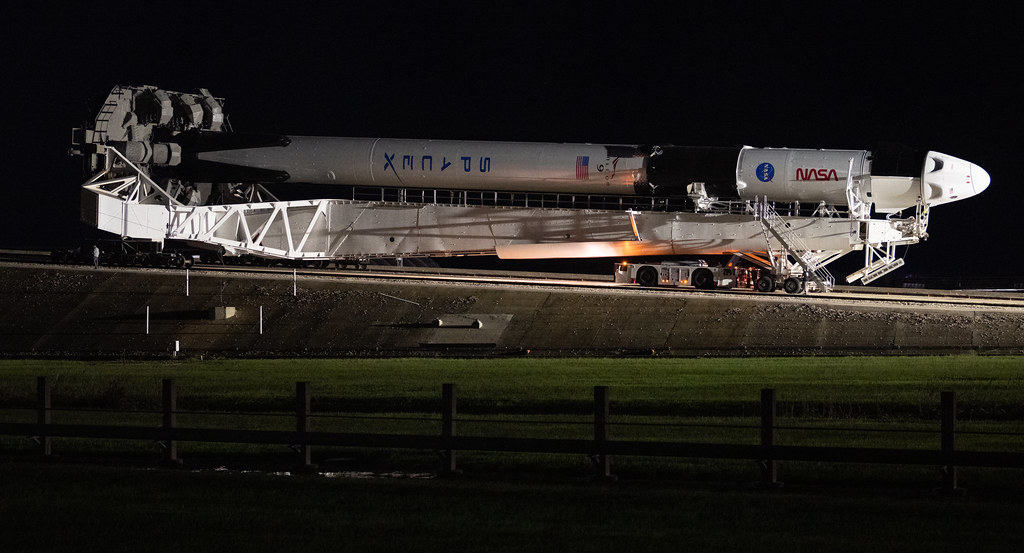
The clandestine realm of space reconnaissance has taken a monumental leap forward with the successful launch of a pioneering constellation of intelligence satellites.
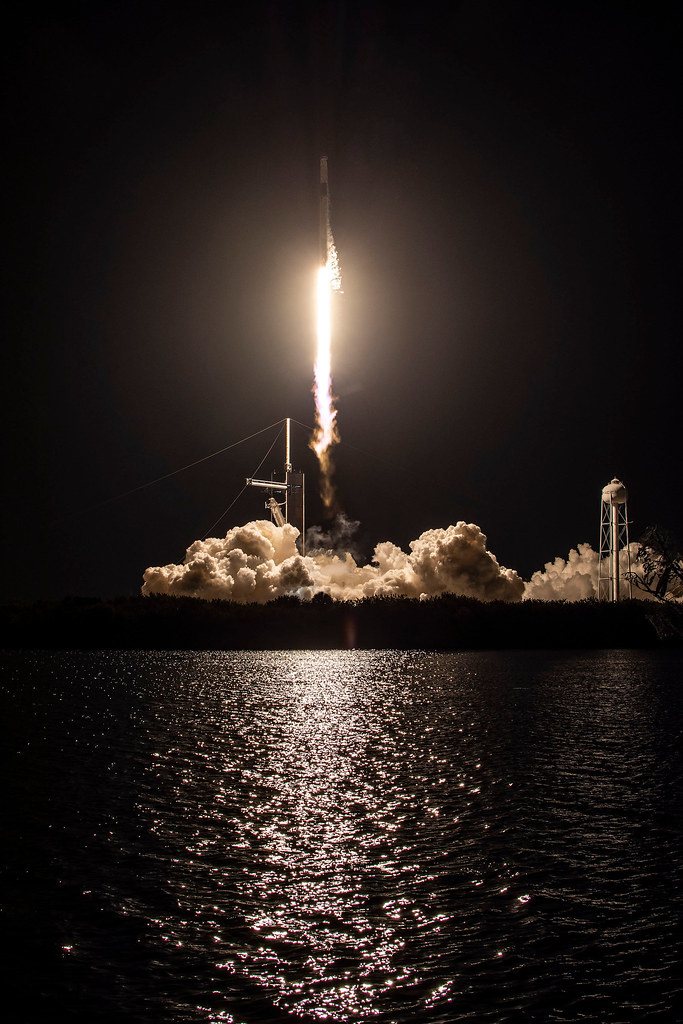
In the dark hours of the morning, a SpaceX Falcon 9 rocket lit up the sky over Vandenberg Space Force Base in California, propelling an undisclosed number of next-generation spy satellites into orbit.
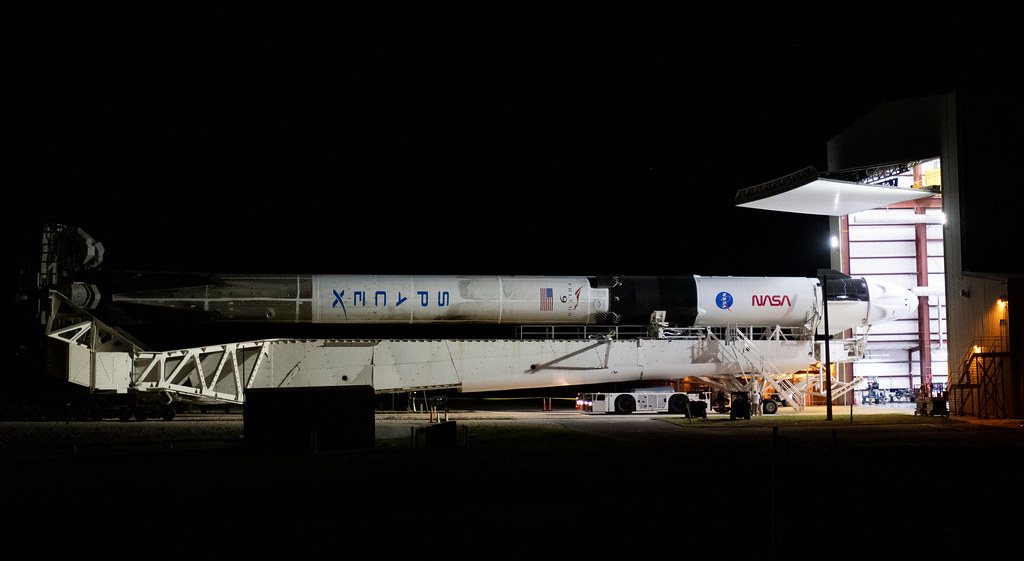
This mission, codenamed NROL-146, signifies a new era of responsive and resilient intelligence gathering for the National Reconnaissance Office (NRO).
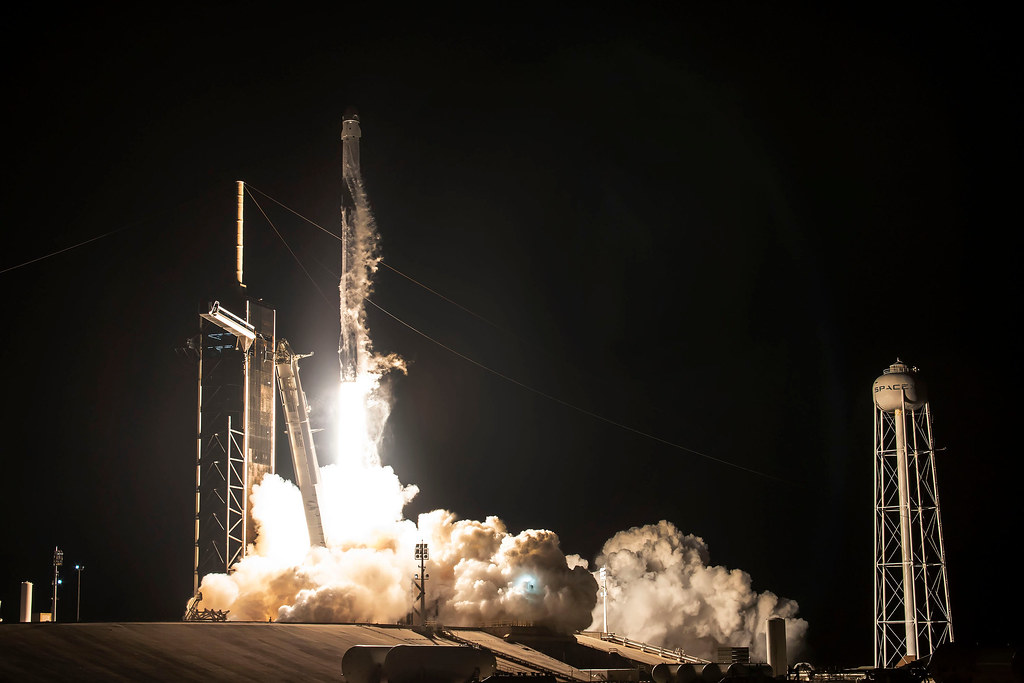
With the details shrouded in secrecy, the precise number of satellites and their functions remain a matter of conjecture. Yet, what is evident is the ambition to fortify intelligence and defense capabilities from the vantage point of space.
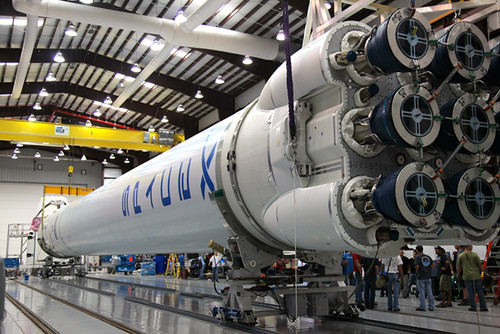
“This mission is the first launch of the NRO’s proliferated systems featuring responsive collection and rapid data delivery,” the NRO announced, underscoring the strategic evolution of space-borne surveillance.
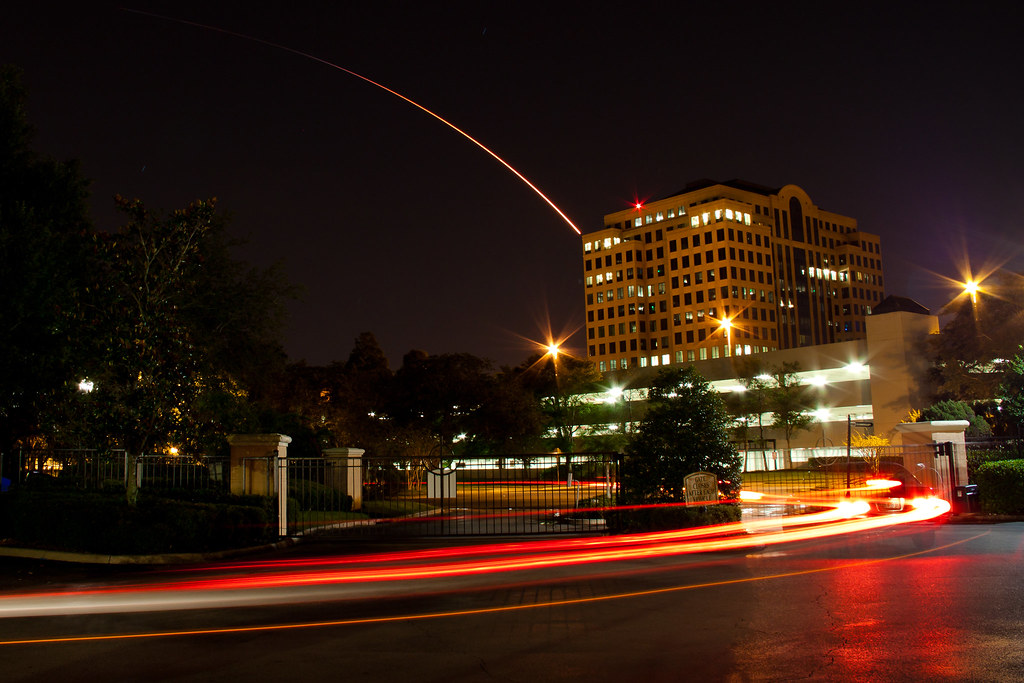
The Falcon 9 rocket, a symbol of space engineering prowess, performed flawlessly, its fairings encapsulating the precious payload until their release three minutes into the flight.

The launch vehicle’s first stage, on its 16th mission, demonstrated SpaceX’s commitment to reusability, touching down on the drone ship ‘Of Course I Still Love You’ – a testament to the company’s drive for efficiency and sustainability.
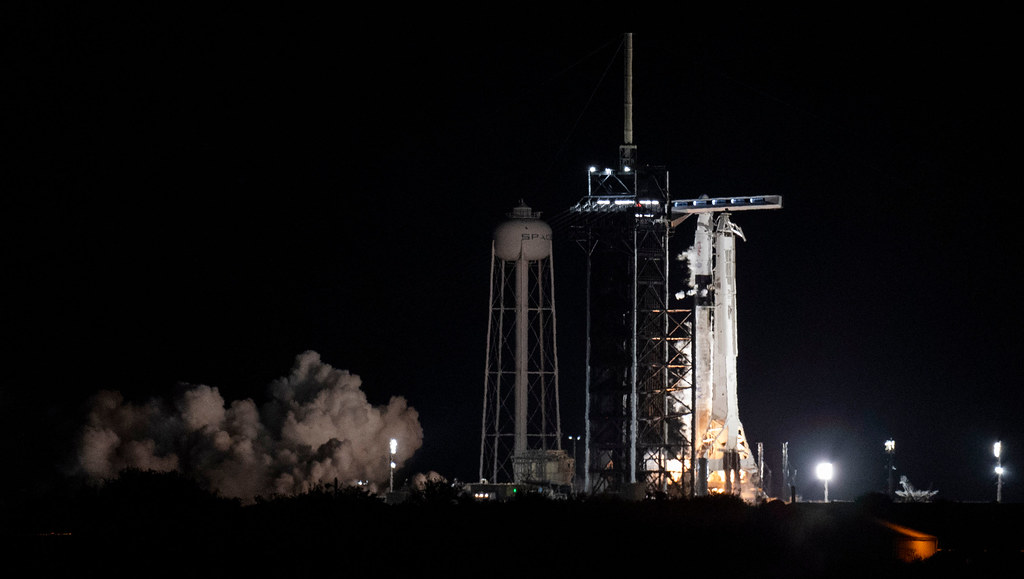
Behind the curtain of this launch lies the Starshield satellite constellation. These specialized iterations of SpaceX’s Starlink satellites are tailored to government requirements, highlighting a close partnership between the aerospace innovator and defense contractors such as Northrop Grumman.

Despite the NRO’s silence on its industrial collaborations, Reuters has previously reported on the involvement of these firms, suggesting a blended architecture of defense and commercial technological ingenuity.
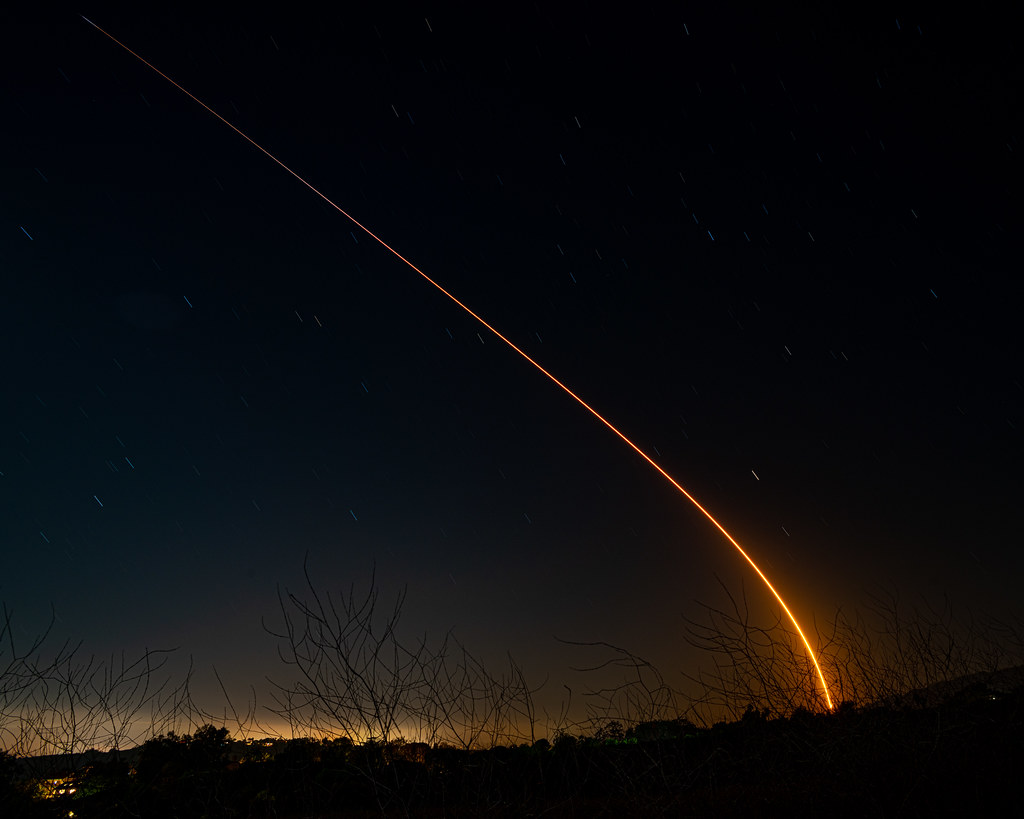
The project’s scale is suggested to be significant, with reports alluding to “hundreds of satellites.” Troy Meink, principal deputy director of the NRO, emphasizes the project’s vision: “Over the next decade, we will continue to increase the number of satellites operating across multiple orbits — complementing the NRO’s cutting-edge, highly-capable satellites that are the traditional hallmark of the NRO by adding responsive, proliferated systems,”

This reflects a drive towards a more persistent, diversified, and robust intelligence collection framework, aimed at addressing modern challenges posed by global adversaries.
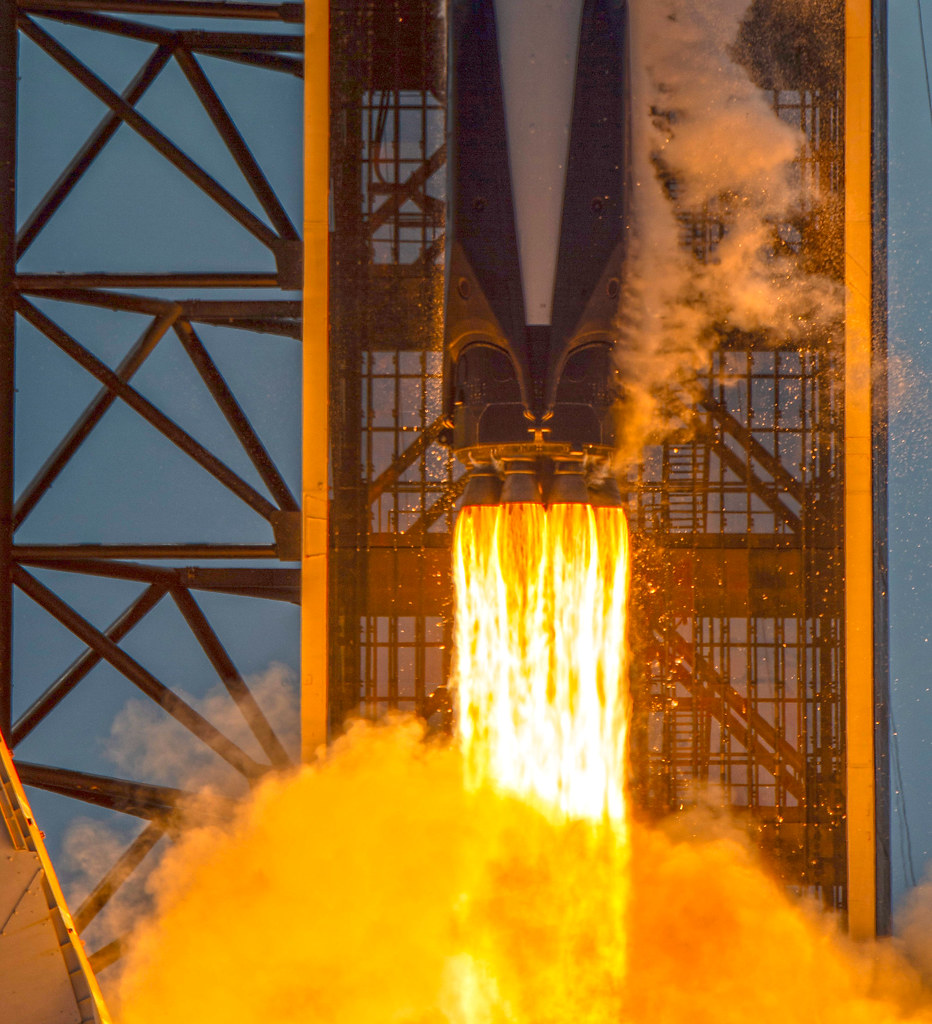
The necessity for such a proliferated satellite system has become increasingly apparent. As adversaries seek to contest the U.S.’s freedom of operation in space, the ability to maintain persistent surveillance and rapid data transmission becomes paramount.
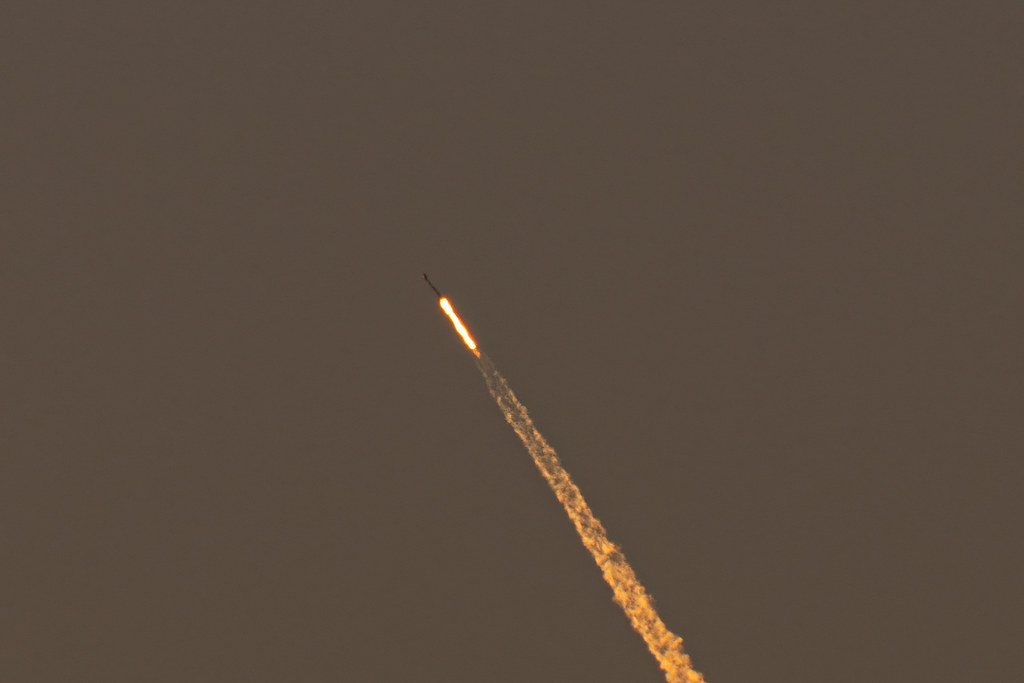
“We recognized that we needed to have more persistent coverage of the Earth. So, we needed to proliferate,” Dr. Chris Scolese, head of the NRO, explained earlier this year. This constellation promises to deliver on that requirement, ensuring uninterrupted intelligence capabilities.
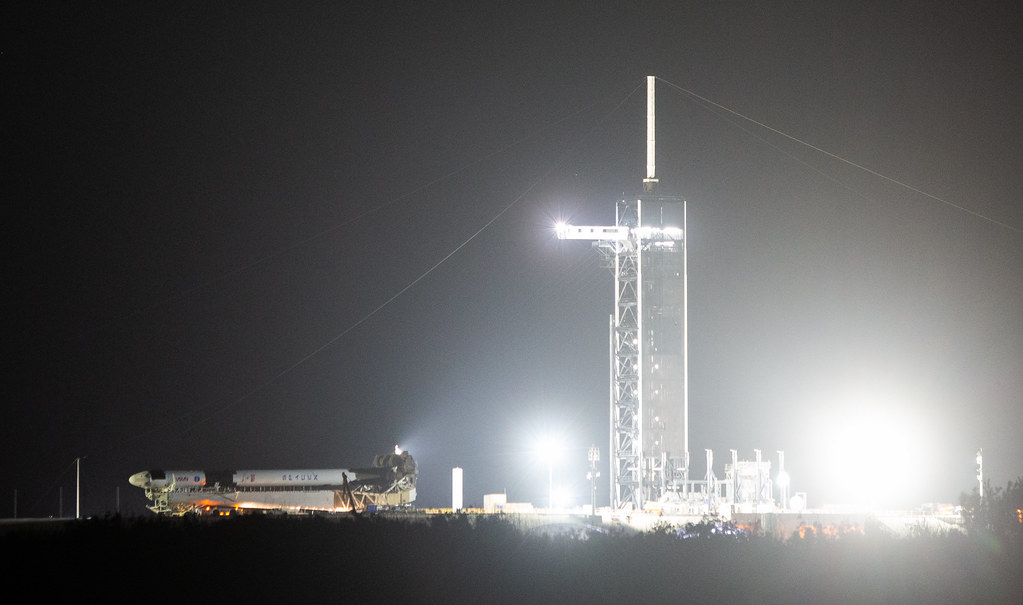
The NRO’s ambitious blueprint foresees a flurry of launches through 2028, with about half a dozen slated for this year alone. Each launch weaves a stronger fabric into the tapestry of global security, reinforcing the United States’ strategic upper hand in an increasingly contested domain.
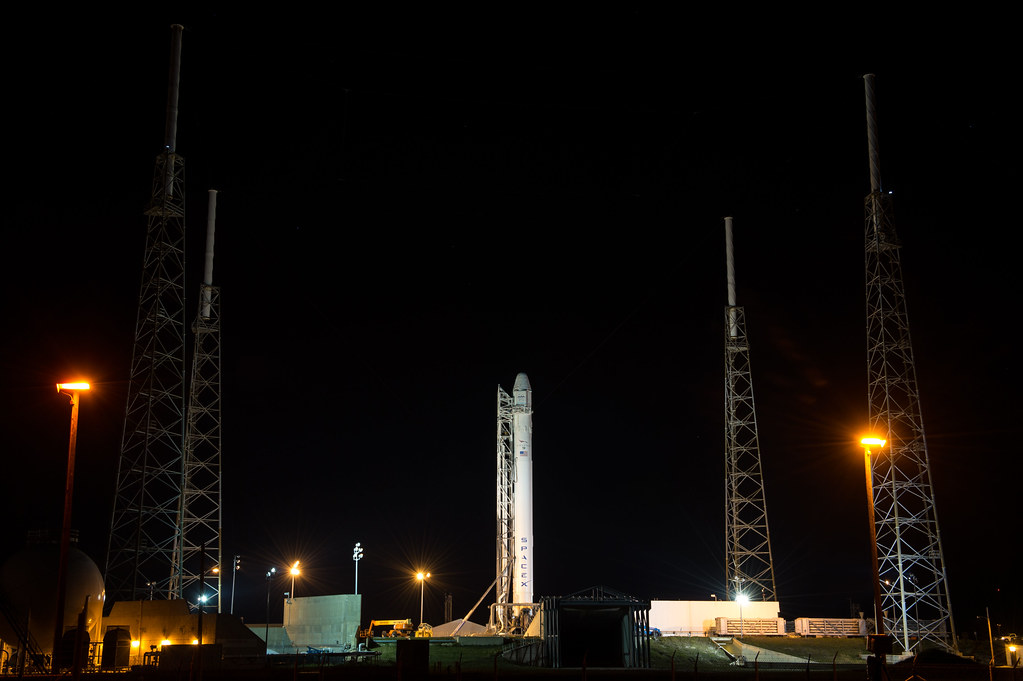
While the NRO’s primary method of launch procurement has been through the National Security Space Launch (NSSL) contracts, this particular mission was acquired outside of that framework, enabling the agency to maintain its launch cadence and meet the need for tailorable mission assurance. It’s a striking example of adaptability in the face of growing demands and evolving threats.
Relevant articles:
– National Reconnaissance Office launches proliferated constellation, Defense News
– > Launches > launch, NRO.gov
– SpaceX launches first batch of new spy satellites for NRO, Defense One
– SpaceX launches first batch of satellites for the NRO’s reconnaissance satellite constellation – Spaceflight Now, Spaceflight Now

